The views expressed in our content reflect individual perspectives and do not represent the authoritative views of the Baha'i Faith.
Many historical examples exist of societies working to maintain their most deeply-rooted prejudices.
Morris Fraser, a child psychologist who worked with traumatized children in Belfast during the Irish Troubles, described a situation where the children of each side saw the people of the other side as monstrous creatures:
…the misconceptions and prejudices held by children, as might be expected, mirror those of their elders — their only source of information in default of experience. To the Protestant child, the Catholic is work-shy, dishonest, dirty, a breeder of big families, productive of community poverty… In the Catholic child’s attitude there is more conscious fear. The Protestant to him is the person who wants to burn him, shoot him, deprive him of his home and parents – Children in Conflict, p. 139.
This prejudiced, exaggerated, perception became a large part of the children’s trauma.
If we took the above quote and substituted the word “Black” for “Catholic” and the word “White” for “Protestant,” the whole passage could equally well describe children in some areas of the United States. We could just as easily substitute the words “Gypsy” or “Palestinian” for “Catholic” and “Czech” or “Israeli” for “Protestant.” The prejudiced picture would always seem to fit. This gives us strong evidence that prejudice is not about the targeted group. When bigots hurl the same demeaning insults across every dividing line, you know those insults are created by the feelings and desires of the shouters, and have little to do with the observed characteristics of the intended targets.
When Doctor Fraser’s Irish children actually met and talked to Catholic people (or Protestant people, as the case may be) their terror and disgust left them. These were only people after all, not the repulsive and evil creatures they had pictured. In his book, Fraser commented that Ireland’s children (and its society as a whole) would greatly benefit from integrated education. At the time, all Catholic children went to Catholic schools, and all Protestant children went to State schools. He remarked that all efforts to change this situation met with strenuous resistance from both state and church. However, he adds:
Church leaders in Ulster dislike the term ’segregation’; they assert that the system is simply one of ’separate education.’ Children, we are told, can play in the streets after school, since no prohibition is placed on this. ’Unfortunate nonsense,’ wrote a teacher in the Irish News. ‘Unfortunate because it sounds like the sweetness of reason to any reader who does not know Ulster. Nonsense because, in the ghetto system, it is a physical impossibility.’ – Ibid., p. 168.
Each group wanted to retain what it perceived as its territory, its area of power and control. It worked against their self-interest to let the children mix, see with their own eyes and judge for themselves.
Prejudices, deliberately stirred up by those in power, create an atmosphere that produces atrocities. In the lead-up to the 1994 massacres of Tutsis and moderate Hutu people in Rwanda, “posters and leaflets were distributed which dehumanized Tutsis as ’snakes’, ’cockroaches’ and ’animals’.” (Read a chronicling of the events that transpired in Rwanda in 1994) This deliberate dehumanizing allowed the subsequent genocide to take place.
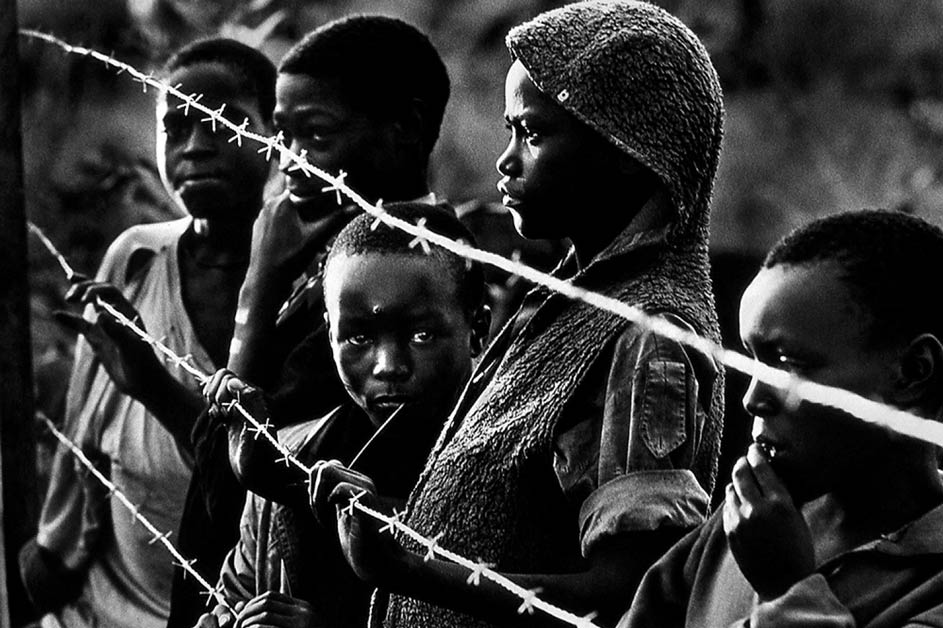
Refugees wait behind barbed wire as they watch aid workers unload a new batch of supplies and food, at a refugee camp at the Kigera River border crossing with Rwanda. (Michael S. Williamson/The Washington Post)
Baha’is understand this kind of prejudice, because they themselves sometimes suffer from this deliberate removal of their humanity. Since the revolution in Iran, for example, census workers often leave “a predominantly or exclusively Baha’i village and report the population as zero.” Chillingly, when asked to account for the discrepancy, “the answer would be ‘they are not human beings’ or ‘they are only Baha’is.’” – Peter Smith, In Iran: Studies in Babi and Baha’i History, p. 218.
Abdu’l-Baha suggests:
Do not exalt yourselves above others, but consider all as your equals, recognizing them as the servants of one God. Know that God is compassionate toward all; therefore, love all from the depths of your hearts, prefer all religionists before yourselves, be filled with love for every race, and be kind toward the people of all nationalities. Never speak disparagingly of others, but praise without distinction. Pollute not your tongues by speaking evil of another. – The Promulgation of Universal Peace, p. 452.
We have ample opportunity in this age to observe the results of rearing children in an atmosphere of prejudice, of feeding them on self-serving fantasy images of “the evil other.” When children can’t investigate the truth for themselves they learn to see the other side as the bogeyman, for they are easily indoctrinated. Many have become child soldiers, tragically unable to see their enemies as human beings. A young man who escaped from his life as child soldier in Sudan recalls that “my desire was that I wanted to kill as many Muslims and Arabs as possible, that was one, second – I wanted a bike.” (Read this account from an ex-child soldier in Sudan)
These attitudes grow in an atmosphere of suspicion and hatred between adults. The children in the community absorb the adult attitudes. This neither surprises nor dismays the adults involved, until they discover that the child’s mirror has become a freakish one, distorting and exaggerating everything it sees, sometimes transmuting, as it has in so many divided communities, mere dislike and contempt into a savage desire for annihilation. All over the world, the children of prejudiced and bigoted adults grow into their own adulthood filled with the need to justify their own hate-filled actions by further blaming their victims. Then the society which has sown the wind begins to reap the whirlwind.
You May Also Like
Comments



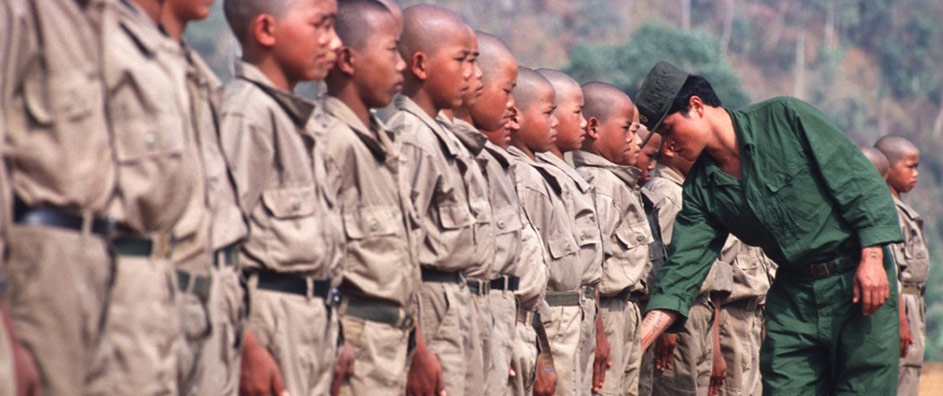
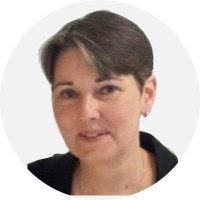



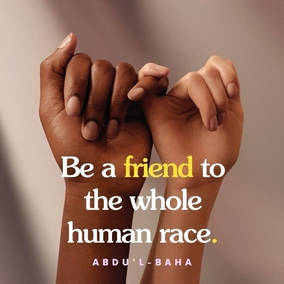
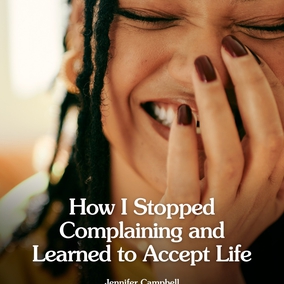
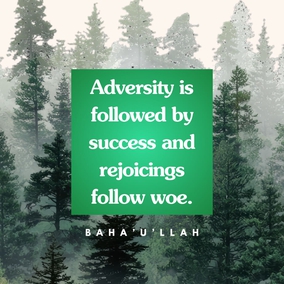
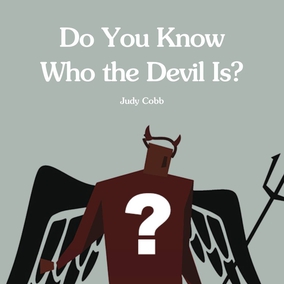
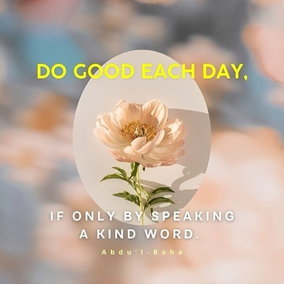

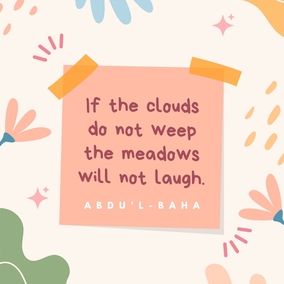
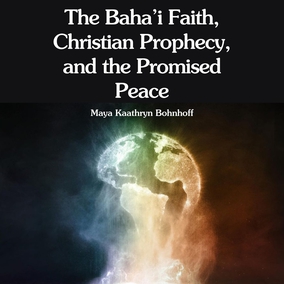

Thanks for sharing your thoughts!